In the 1980s, when the Walt Disney Company decided to build a theme park in France, they expected to receive the kind of reception Allied troops were afforded in 1945 when they liberated the country at the end of World War II.

But with so much time, manpower and money invested in The Florida Project in the late 1960s/early 1970s, plans for a European expansion were put on hold for nearly two decades.
The rousing success of Tokyo Disneyland, which opened in 1983, rekindled thoughts of a Disney presence in Europe. Jim Cora and Dick Nunis, then co-heads of the company’s theme park division, were tasked with putting together a list of potential European locations; they found nearly 1,200 candidates.
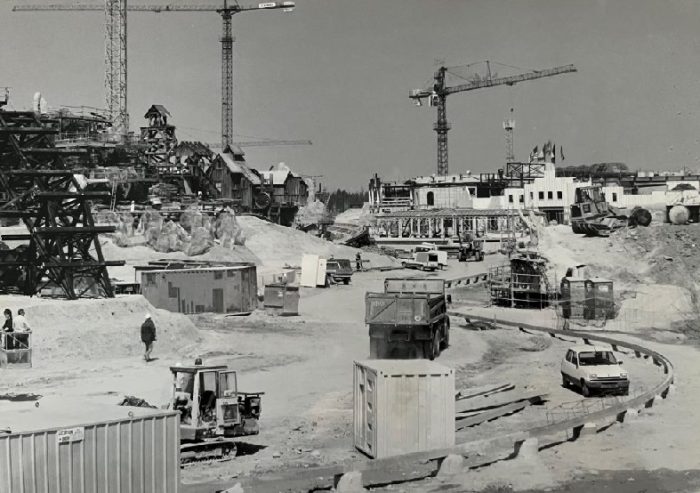
In the end, a site in Marne-La-Vallee, about 20 miles from the heart of Paris, was selected. Construction began in August of 1988 on what would be called Euro Disneyland.
Much like the Welcome Center established near Walt Disney World prior to the Florida resort’s opening, a preview center, named Espace Euro Disney, opened in December of 1990, to give locals a taste of what was to come.
Plans called for the construction of a Magic Kingdom-style theme park, as well as a shopping/dining district, to be called Festival Disney. Also on the drawing board was a second park, which would open a few years later and would be modeled after the Disney/MGM Studios in Florida. All three venues would be within walking distance of one another.
Six on-property resort hotels were also in the initial plans, as was a 27-hole golf course – Golf Disneyland Paris.

The station is adjacent to an area devoted to handling hotel buses and taxis, making it a true transit hub.
The train station was expanded in 1994 to accommodate the new Eurostar TGV high-speed commuter train. Guests could now board this rail service at Charles de Gaulle Airport and arrive at the Marne-La-Vallee/Chessy Station in less than 10 minutes. And when the Channel Tunnel between England and France opened later in 1994, rail service was available between London, England, and Euro Disneyland.
Almost from the outset, however, there was heated opposition to the Euro Disneyland project. Protesters abounded. Those opposed often used the rallying cry “cultural Chernobyl” when referring to the planned park.
Those in opposition cited Disney’s cast member dress and appearance code as a point of contention, saying it was an attack on individual freedoms; others rued the fact that potential cast members were required to be multi-lingual; still others thought of the park as an intrusion by Americans and American culture.
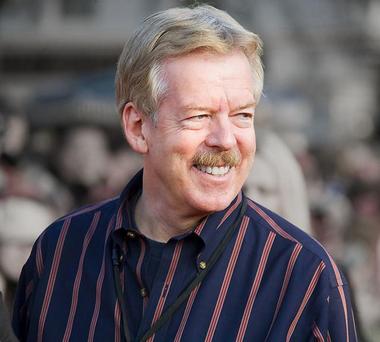
“I had gone to management at the outset when I heard they were discussing doing something in Europe … and I said I would love to be involved with that,” Baxter said. “I said I would like to lead the effort to make this next Disney park the best of all that we’ve done … put the best features of all the Disney parks, then add some new twists.”
Baxter and a team of Imagineers put in considerable time, thought and research into the overall design of the park.
“There were three things that kind of influenced our design from the onset,” Baxter said. “We did a fairly extensive research trip throughout Europe and we all came back to the conclusion that we were going to have to deal with three things: Climate, the culture and also the ever-present march of technology and greater expectations from the public, which is kind of a universal thing, not just European.
“But, we took all of that into account and it really made dramatic and drastic differences in how that park looks and functions from the others. In many ways, I think the decisions that came out of that research have proven the way to things we do in our other parks now.”

“The hotel at the Main Gate was clearly an outgrowth of noticing how much effort was spent in the sense of arrival at a lot of classic destinations throughout Europe,” Baxter said. “If you go to Versailles or the Louvre or any of the great castles, half the experience is just the breathtaking arrival and view of the entrance. It’s almost like you’re so overwhelmed by how beautiful it is that the whole thought of giving an admission is like a gift.”
Indeed, when you approach the hotel, “You’re in the most beautiful garden on the entire property,” Baxter said, “with fountains and this gorgeous hotel with a courtyard.”
Another new twist came when Disney’s planners realized that the placement of Tom Sawyer Island might not be well-received in France, where Mark Twain’s works about life in middle America are little-known.

“To get there, the first thing you have to do is dive under the river to get out to the island,” Baxter said. “So the second you leave the station, you have one of the best drops in the whole ride and it’s only eclipsed by that last run-out at the end … where you literally tear down to the bottom of the river level at a speed that’s the fastest we’ve ever done on any of our roller coaster rides and it’s pitch black and – POW! – the next thing you know you’re back at the station on the other side of the river.”
When it came time to design a castle for Euro Disneyland, the Imagineers were faced with a daunting challenge: How do you create a distinctive castle to serve as the centerpiece of the park in an area of the world renowned for its dreamy, classic castles?

“Those guided the design and brought a familiarity to the French perspective,” Baxter said. “The castle is at once familiar, but at the same time unique.”
Sleeping Beauty Castle is, indeed, one-of-a-kind. It sits on a precipice, giving the illusion that it’s larger than it actually is. “It’s considerably smaller than the one in Florida,” Baxter said, “although it’s bigger than the one in California.”
Main Street, U.S.A. in Disneyland Paris offered its own set of challenges. For example, should the thoroughfare be something similar to the Champs-Elysees, the world-famous Parisian street lined with cafes, cinemas and high-end stores?
“It was always America,” Baxter said, “although there was a lot of thought about what era of America would be the most interesting.”

Once given the assignment, the question facing Sotto was: “Do we change things up or stay with a tried-and-true formula?” he said. “It was always going to be a Disney-themed Main Street of one type or another. We explored turning the clock ahead [from the early 1900s of Walt Disney’s childhood], to somewhere in the 1920s, something that Europeans might relate to more. We thought about that for about a year, but that idea was rejected and we went back to kind of a Walt Disney World base.”
France’s weather – often rainy and chilly – had to be taken into consideration.
“There was a time when the company thought about some type of covering for Main Street, like they have in Tokyo Disneyland,” Sotto said, “but we talked them out of that and switched that protective covering to behind Main Street with the arcades.”

For the Discovery Arcade, which leads guests from Town Square to the Discoveryland section of the park, “We put on display real patent bottles from the U.S. patent office that a collector lent to us. We wanted people to see real inventions from the 19th century. We also used murals and posters of what people envisioned American cities to look like in the future.”
The Liberty Arcade, which leads to Frontierland, is an homage to the construction of the Statue of Liberty, as well as to the entire immigrant experience. “Each arcade was an intellectual show or pre-show for each land they led to, so they would make sense in their own way,” Sotto added. “They are exclusive to Disneyland Paris.
“When we designed the arcades, the president of the company at the time, Frank Wells, was adamant about making the arcades really beautiful … making it just as nice an experience to walk there as it would be walking down Main Street itself,” Sotto said.
Despite years of research and planning, Euro Disneyland got off to a rough start when it opened on April 12, 1992. In fact, after a year of disappointing attendance figures, exacerbated by a lingering recession in France, the park was rumored to be on the brink of closing. The years that followed were just as dismal. In an effort to try something – anything – to stem the tide, the name of the park was changed to Disneyland Paris in 1994.

Still, the Walt Disney Company’s European experiment was drowning in debt, which had a trickle-down effect: A planned version of EPCOT in California, to be called WestCOT, was scrapped, as was the proposed Disney’s America theme park in Haymarket, Va., which also was the subject of intense local opposition.
In 1998, Jay Rasulo, an up-and-coming executive in the Disney ranks, was given the daunting task of reversing the park’s fortunes when he became executive vice president of Euro Disney S.C.A. He quickly identified several glaring weaknesses.

The first round of changes Rasulo implemented were centered around the guest experience, and in particular, moving away from an America-based product and moving toward a more European experience.
“Even though the product looked the same and the attractions had the same names, translated, the way people purchased, their purchase cycles, the intermediaries they used, the advertising that was compelling to them, was very different from the American model … and how they behaved when they came to the park – really devoting important time to meals and wanting wine with those meals – it’s something that took us a good five years to appreciate.”

“We made sure it wasn’t an American studio park, but it was an international studio park that embraces both European filmmaking and American filmmaking,” Rasulo said. The park even enlisted several European film stars to provide voiceovers on several attractions.
The strategies implemented by Rasulo helped to radically reverse the fortunes of Disneyland Paris, so much so that it has become the No. 1 theme park attraction in all of Europe.
Rasulo would go on to become chairman of Disney Parks and Resorts and later the company’s Chief Financial Officer. He helped lend his expertise in the major overhaul of another floundering Disney park, Disney’s California Adventure, starting in 2007.
It took much longer than expected, but Disneyland Paris has become a fixture in the vast European travel landscape. And the expansion and upgrades currently underway should only cement that status.
Chuck Schmidt is an award-winning journalist who has covered all things Disney since 1984 in both print and on-line. He has authored or co-authored seven books on Disney, including his An American in Disneyland Paris, for Theme Park Press. He also has written a regular blog for AllEars.Net, called Still Goofy About Disney, since 2015.



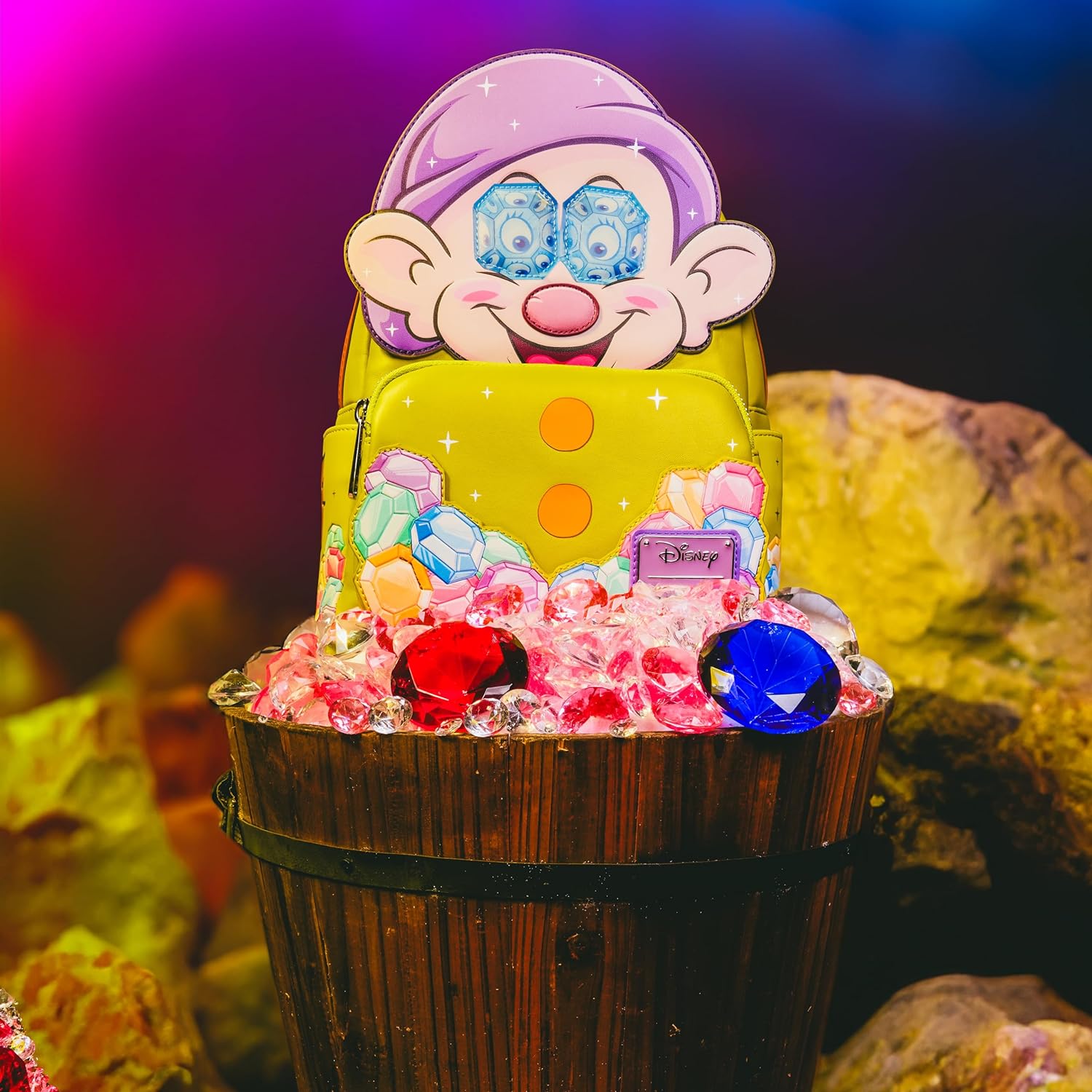
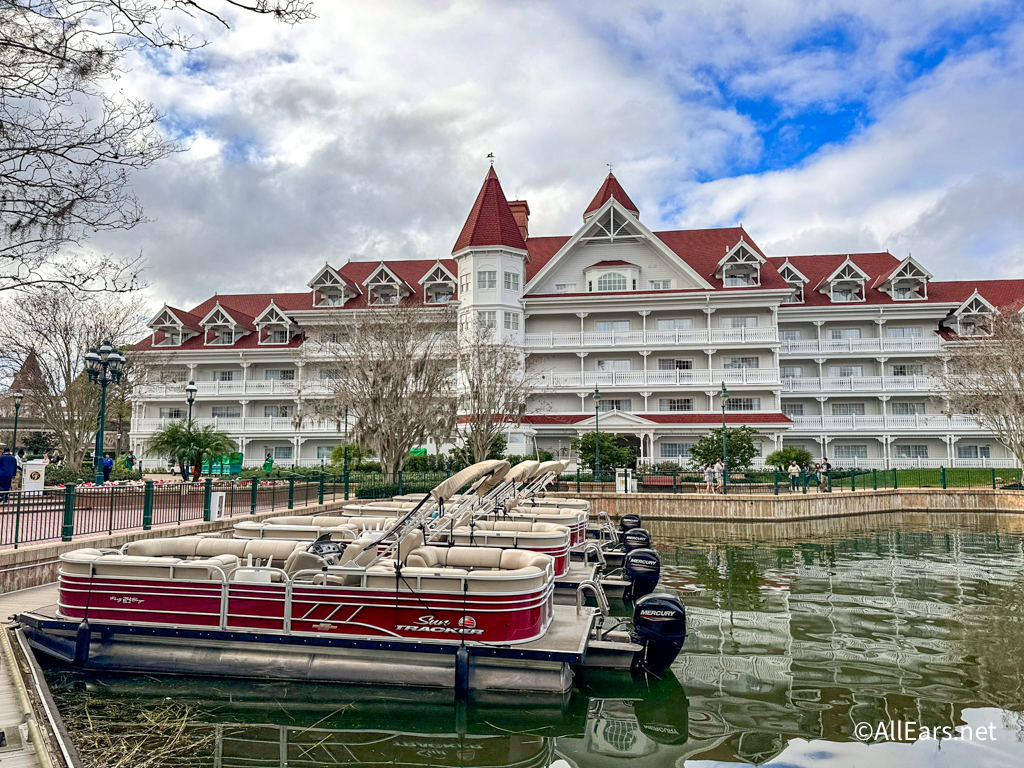
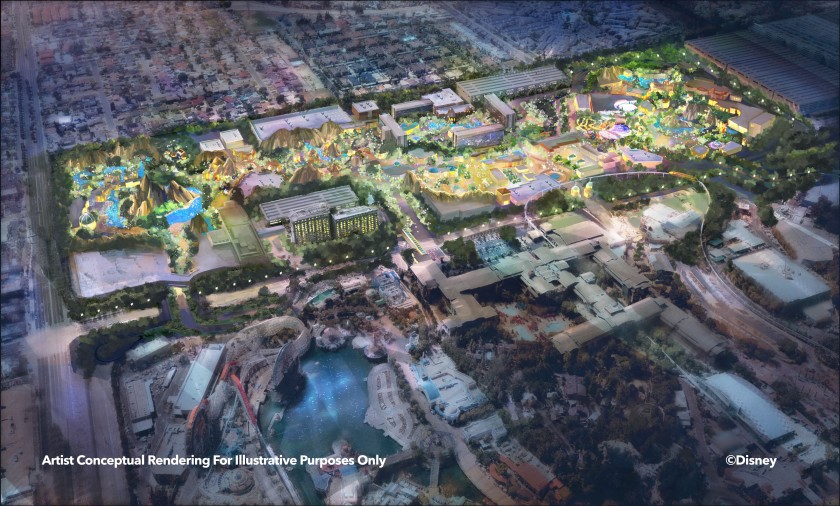

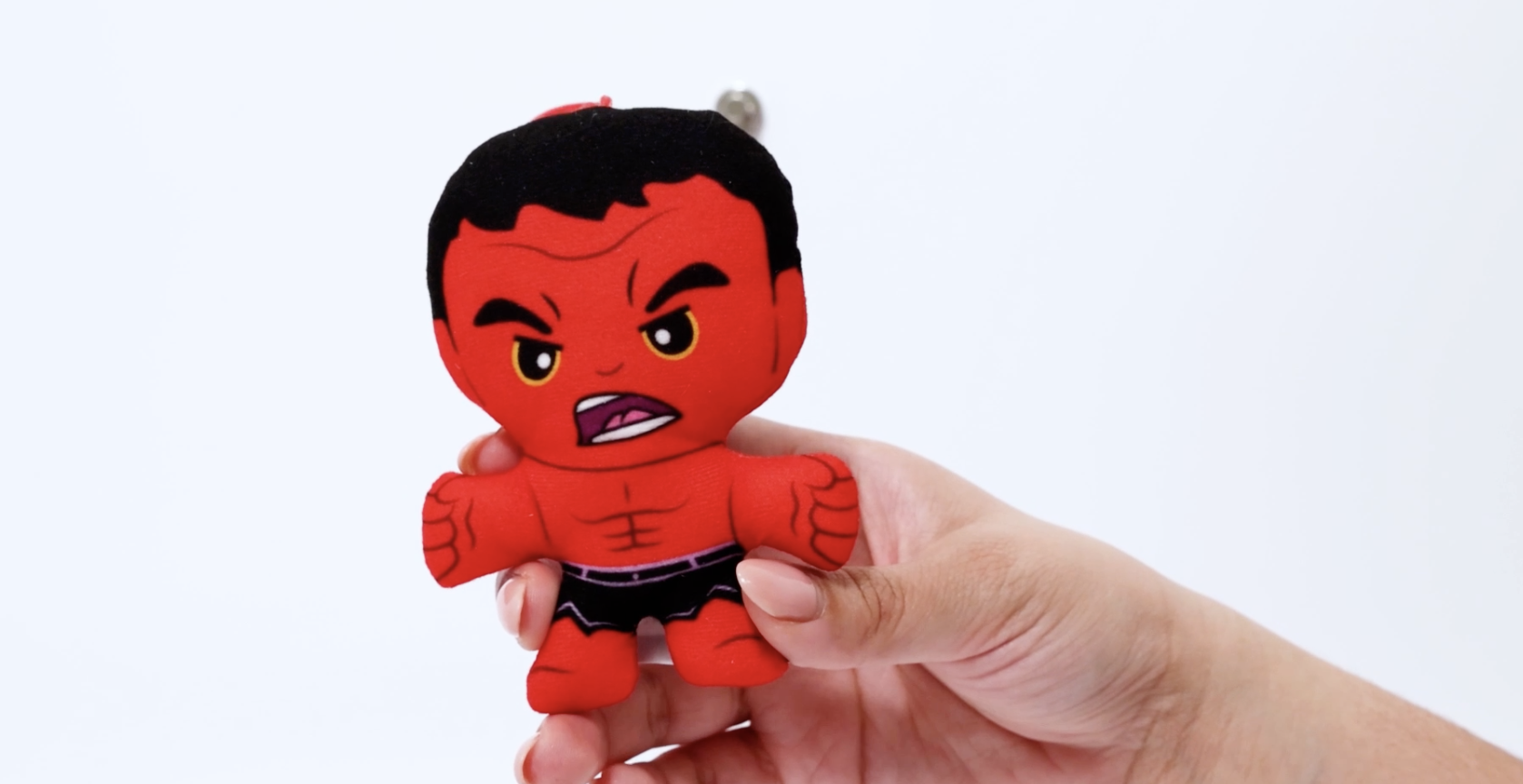

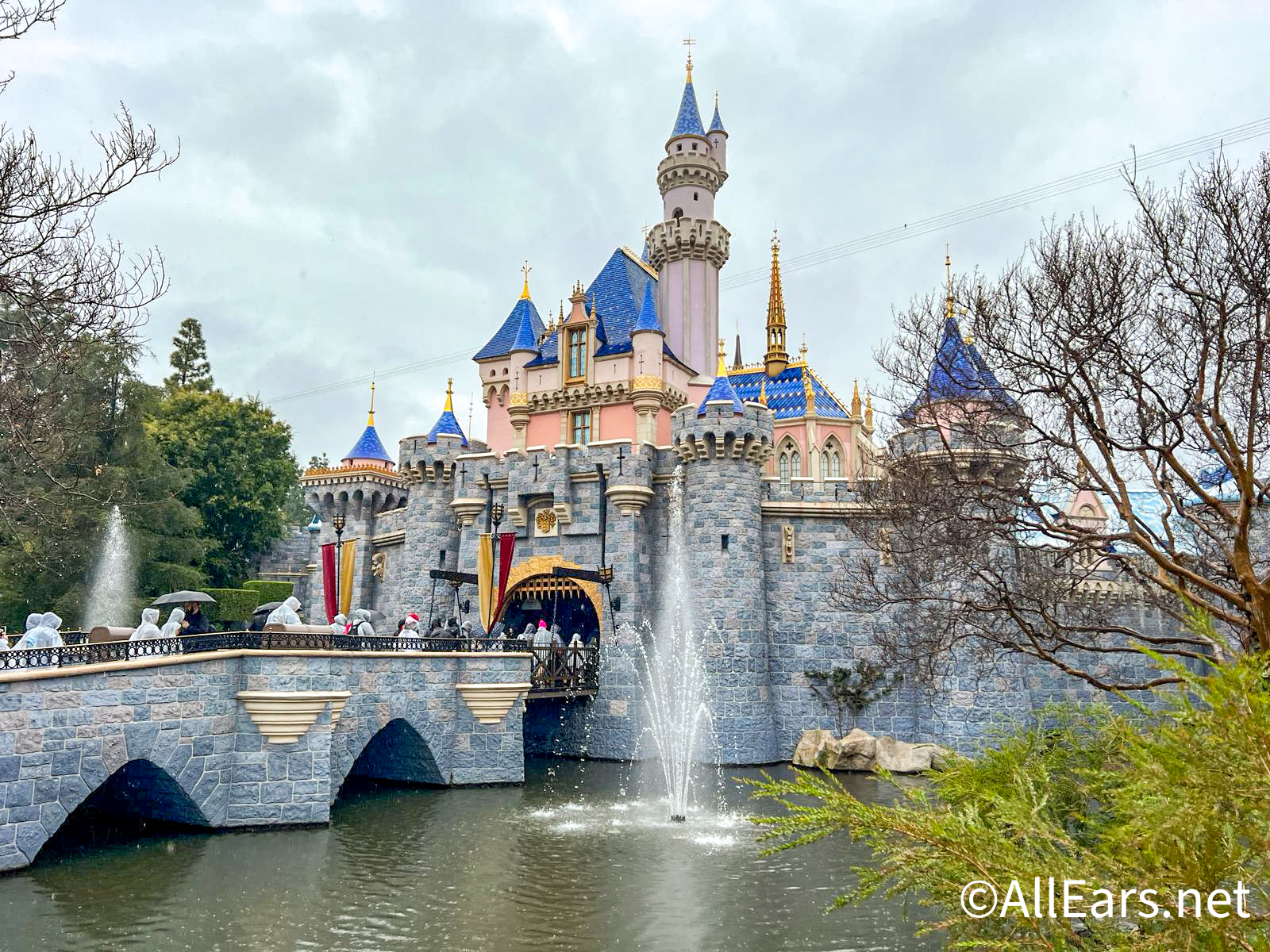
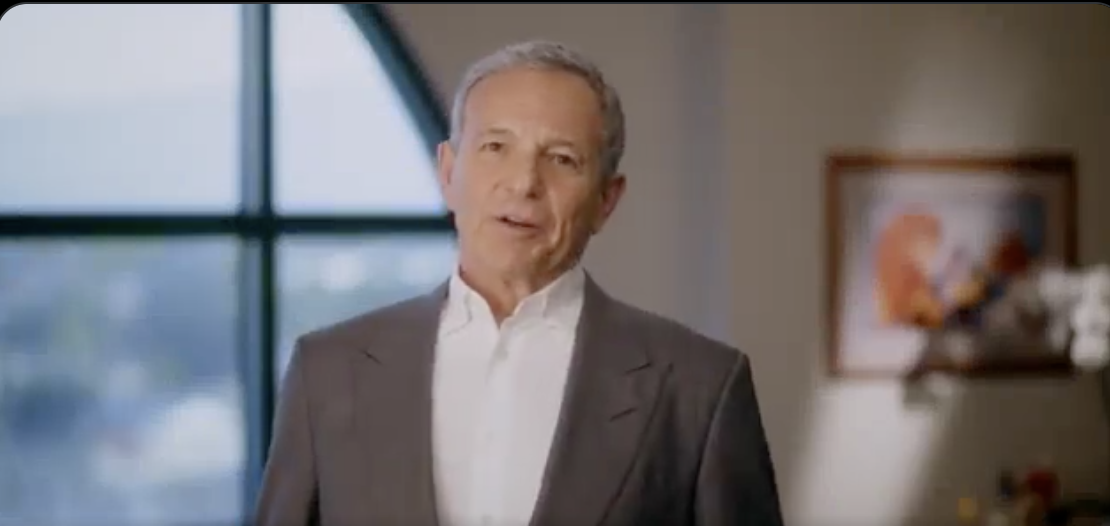
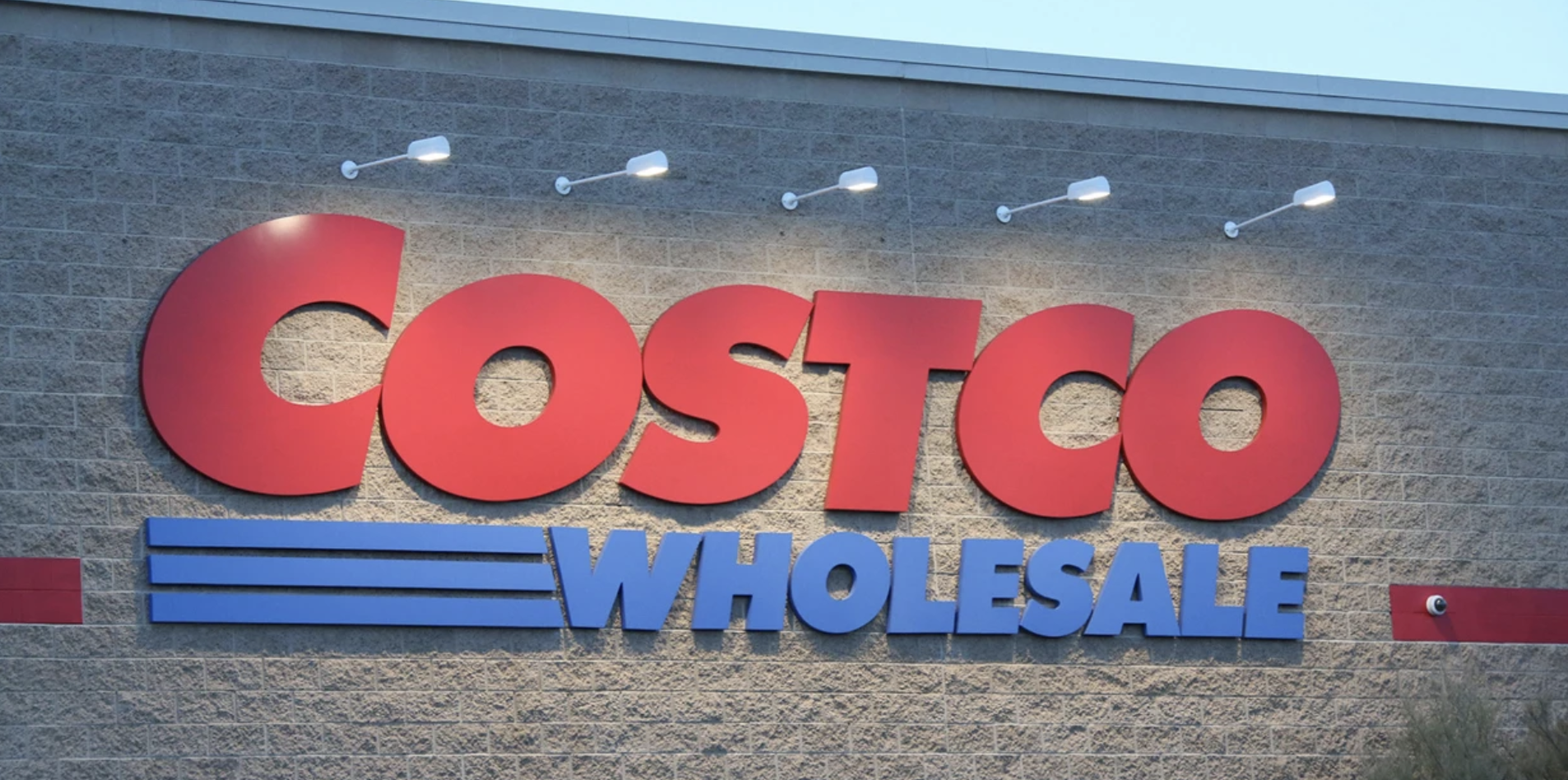
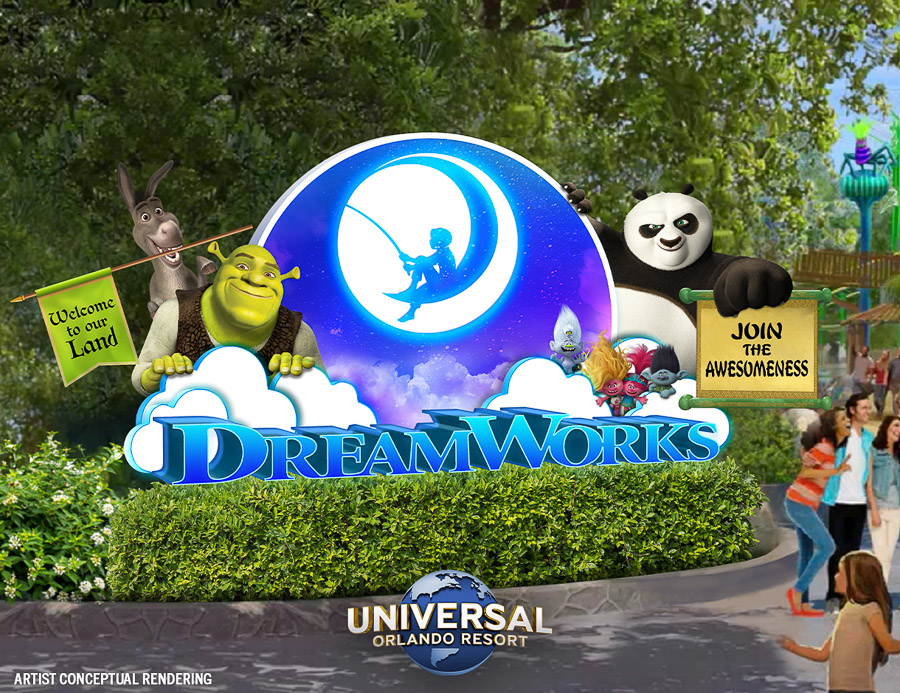
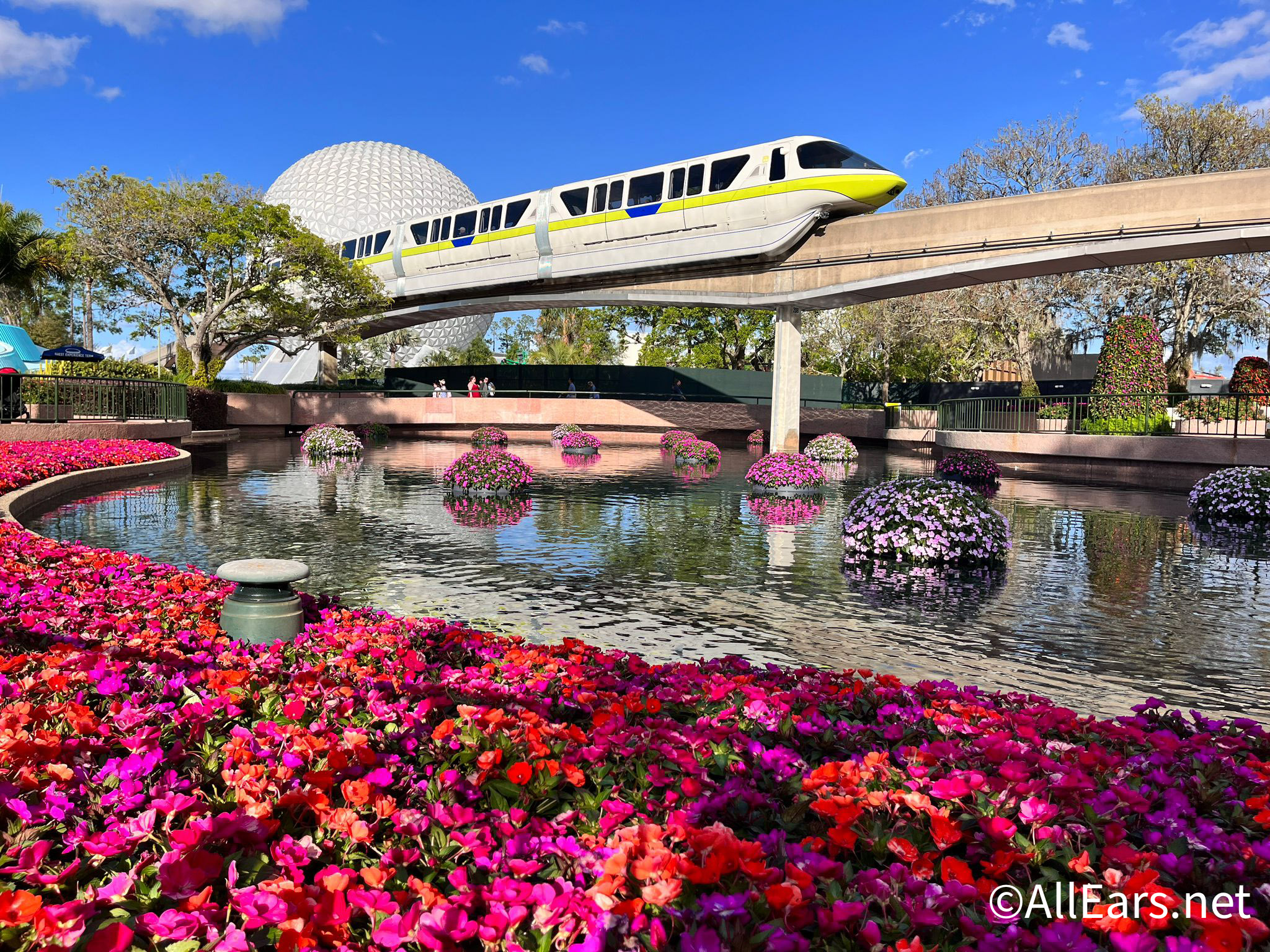
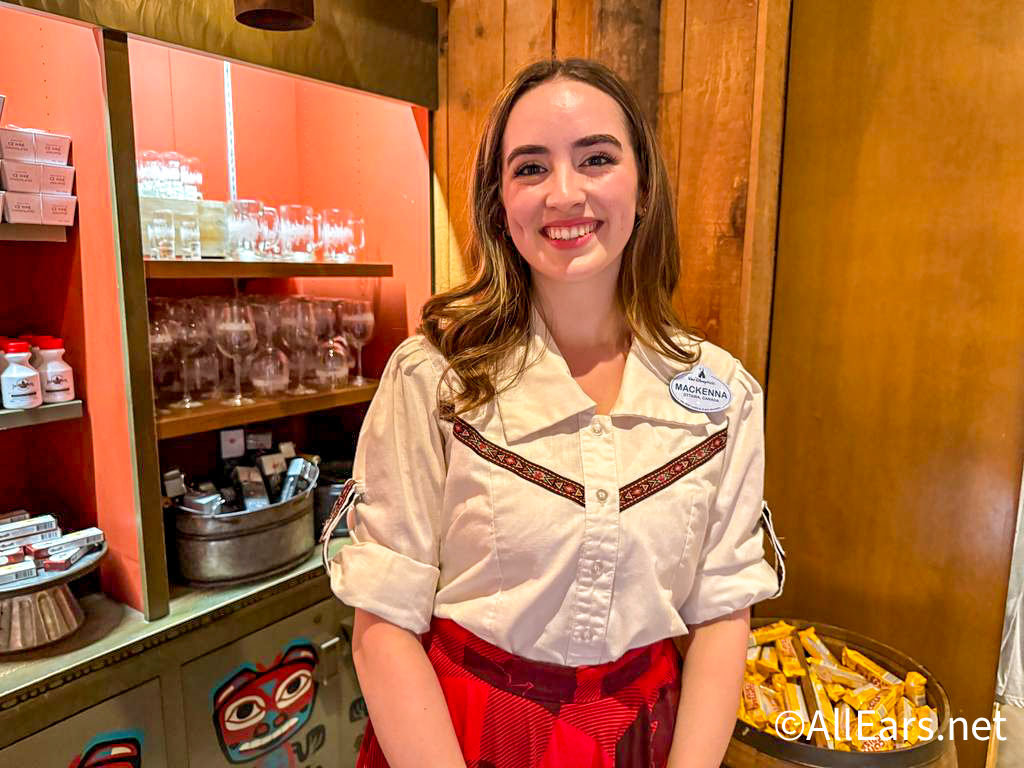
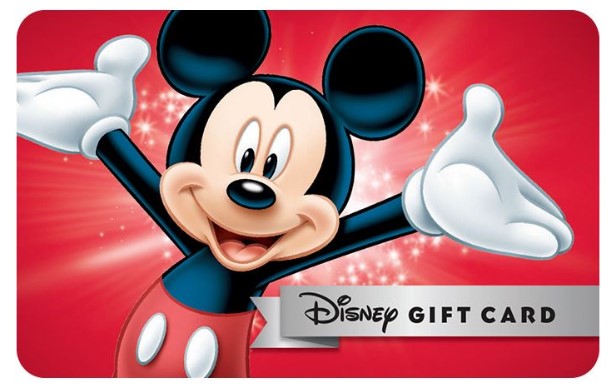

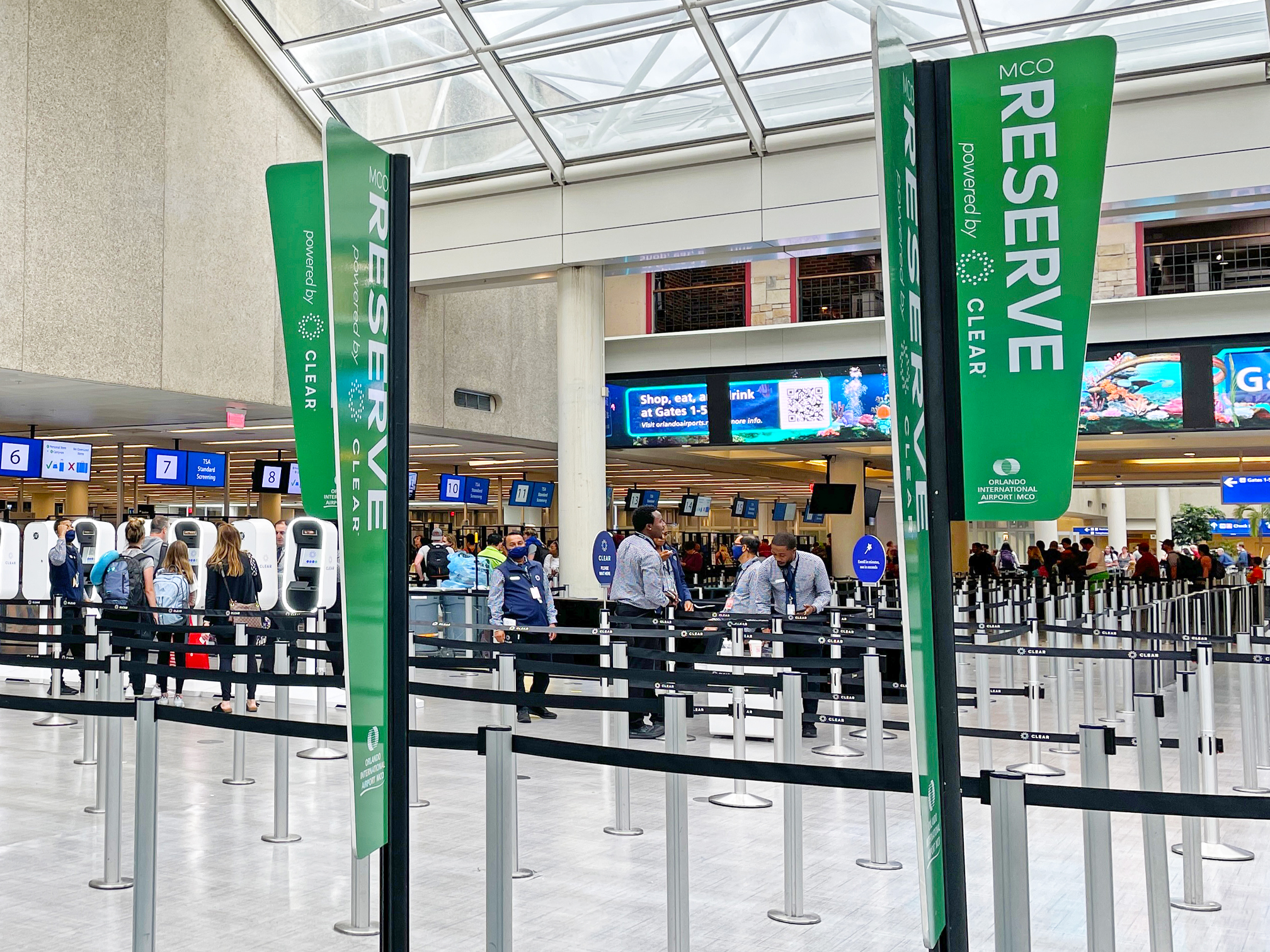
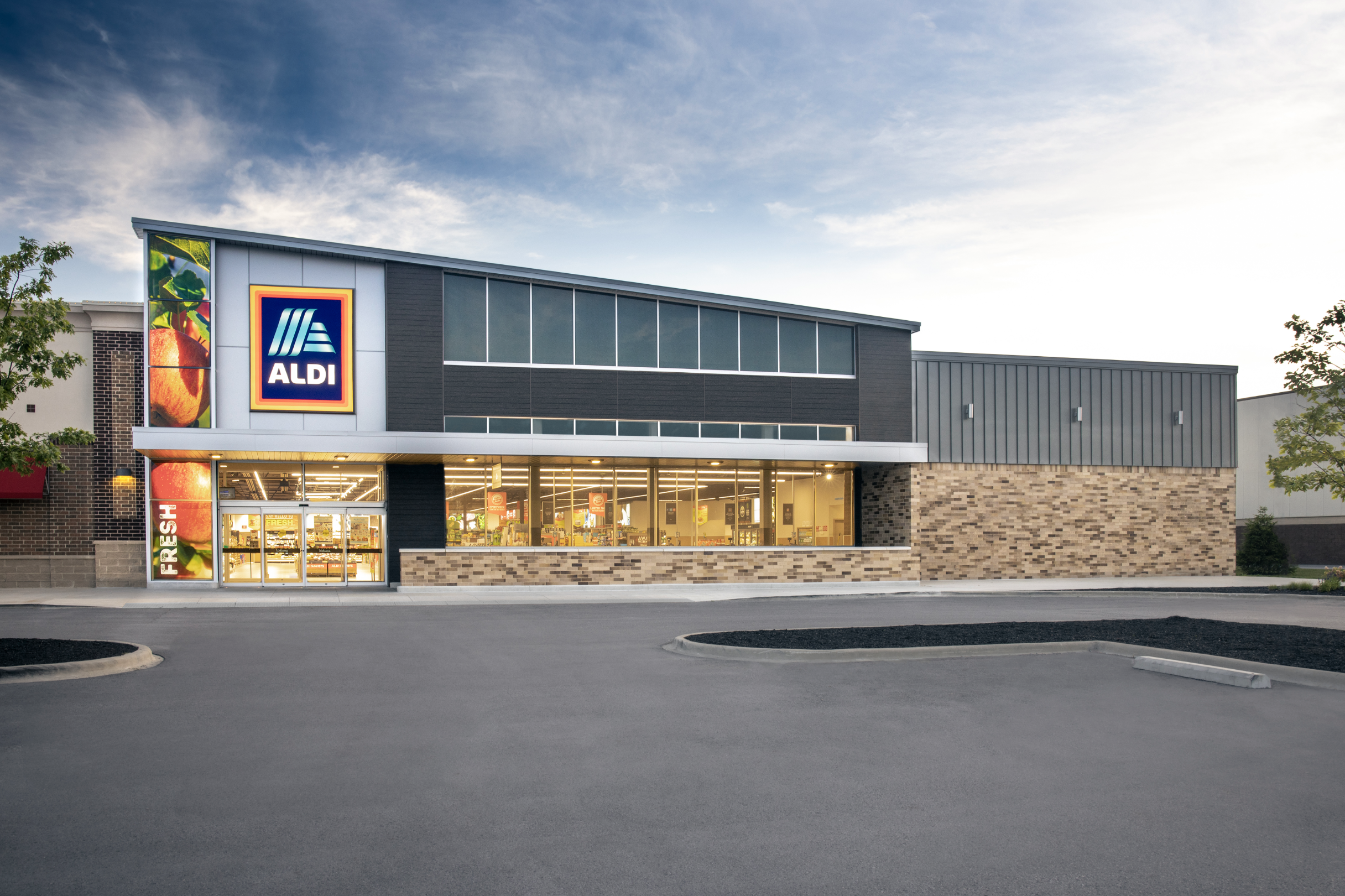

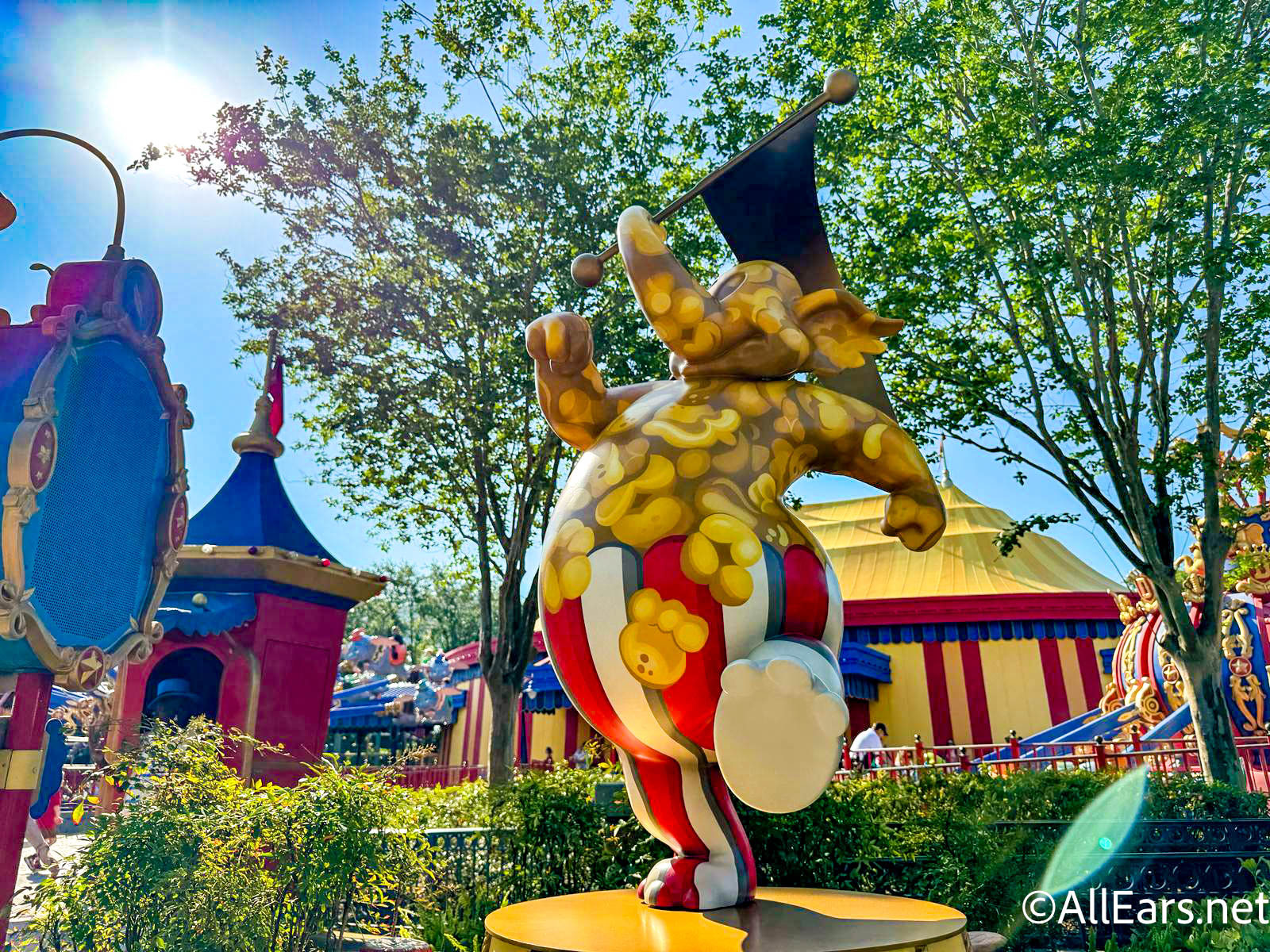


Trending Now
Canceled routes and more could complicate your next trip to the Orlando Airport. Here's what...
Let's talk about the new Disney Loungeflys that were just released on Amazon!
We need this tipping innovation to come to Disney World ASAP!
Disney has had lots of hoops to jump through to get the DisneylandForward plans set...
From fighting for a Virtual Queue spot to waiting six hours in line, things have...
New Happy Meal toys are HERE!
Flying Southwest soon? Don't forget to follow these unspoken rules!
Here's a random sighting of a Country Bear in the wild.
May 7th could give us insight into some big changes coming to The Walt Disney...
Looking for this popular Disney LEGO set? You can now find it at Costco!
Universal just announced the opening date for the new DreamWorks land!
We stumbled upon this gorgeous and unique souvenir inside of EPCOT's World Showcase.
Let's go over some of the best Cast Member tips from EPCOT just for you!
Sam's Club is offering big discounts on gift card that count towards Disney vacations.
Most people don't realize it, but not EVERYTHING has returned to Disney World quite yet.
You don't HAVE to wait in those long TSA security lines at the Orlando Airport...
RUN to your nearest Aldi for NEW Disney souvenirs!
Check out all the new Star Wars snacks we got to try in Disneyland yesterday!
It's here -- Smellephants on Parade!
We recently tested this organizer for our mini backpacks during our Disney World visit!